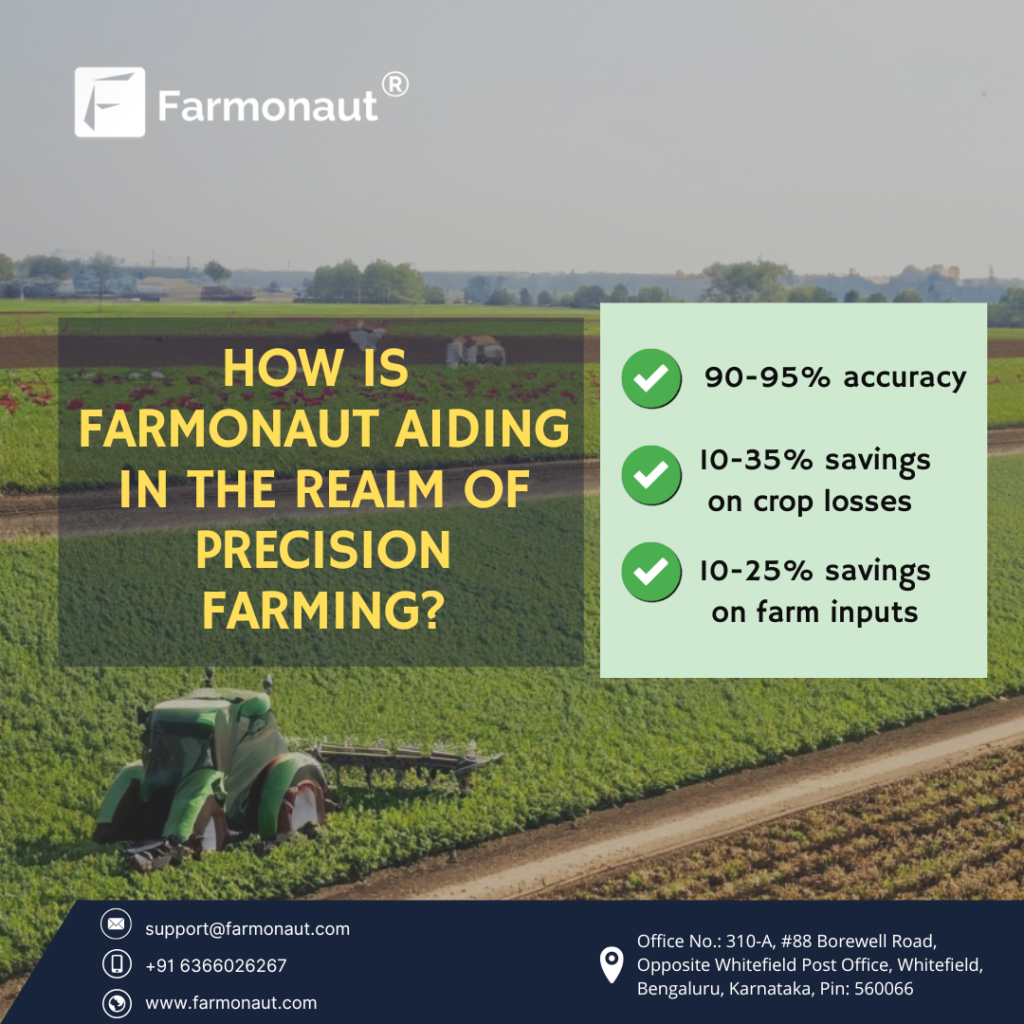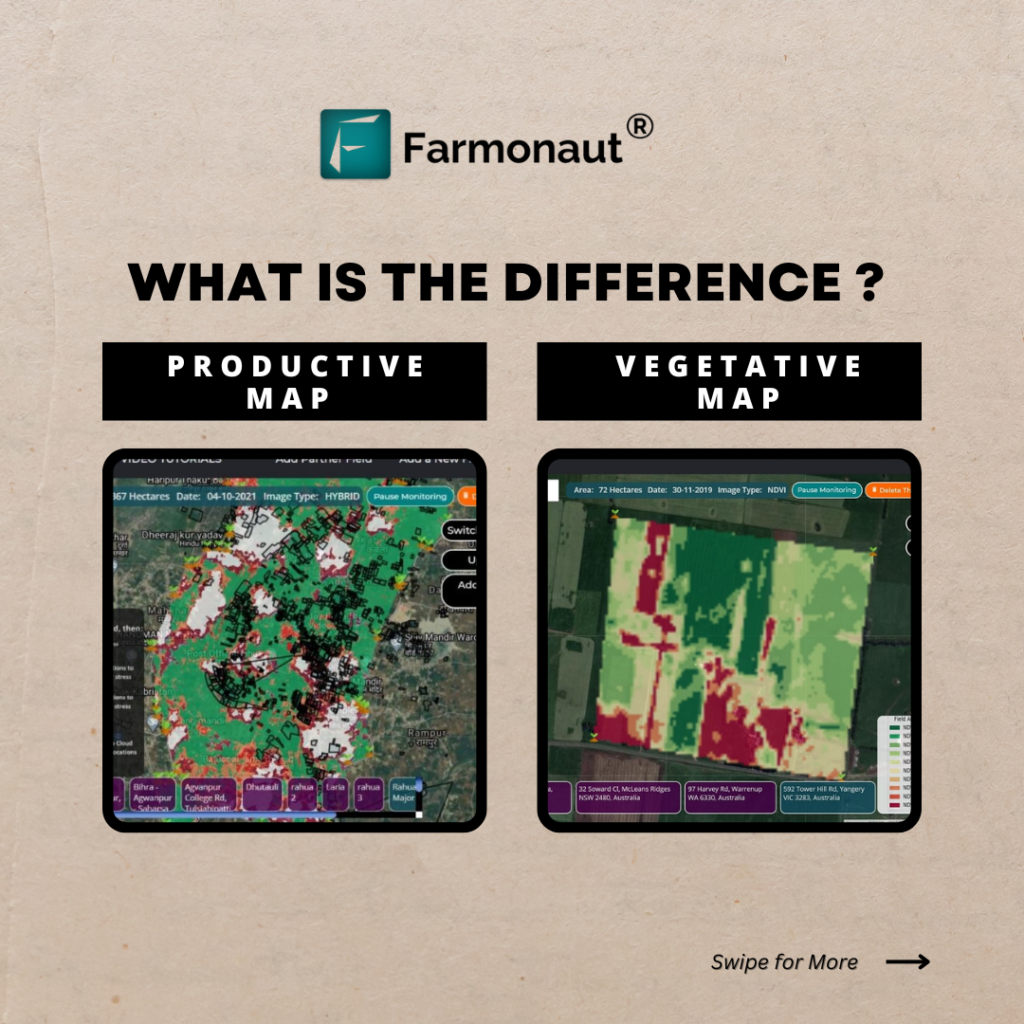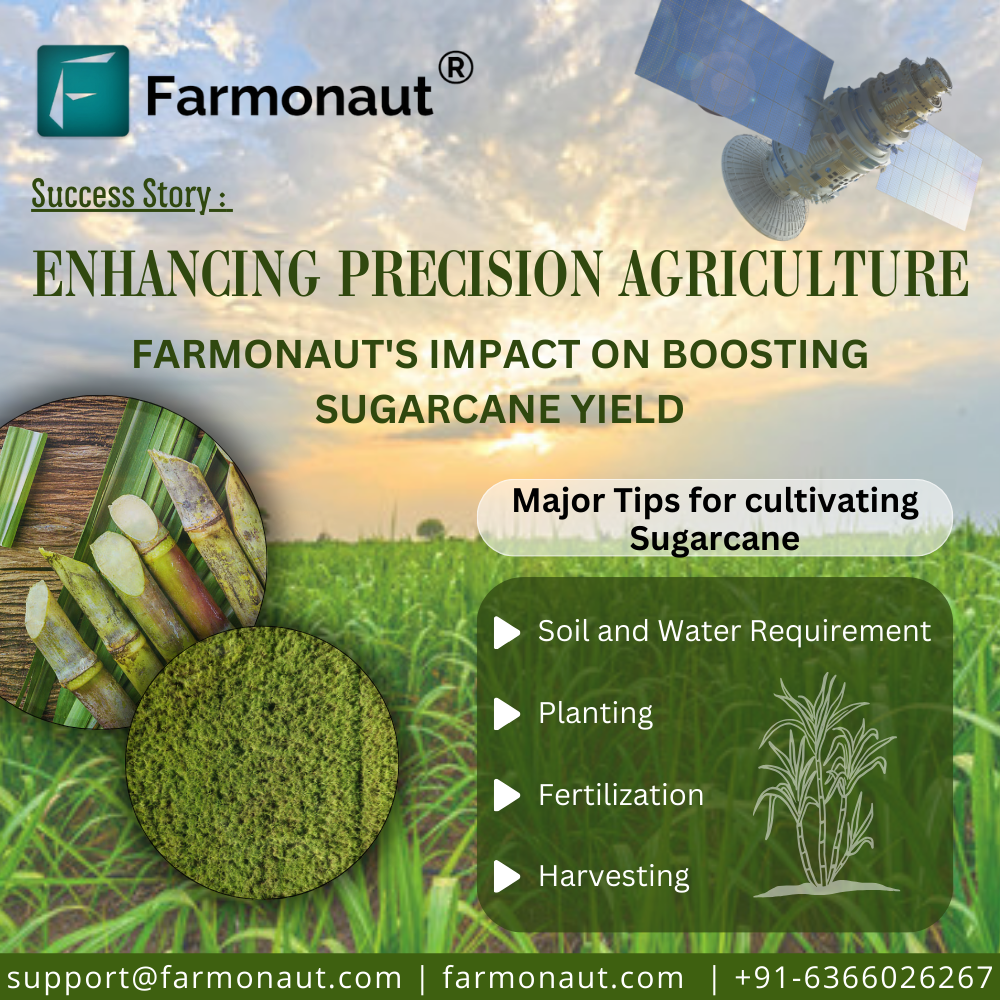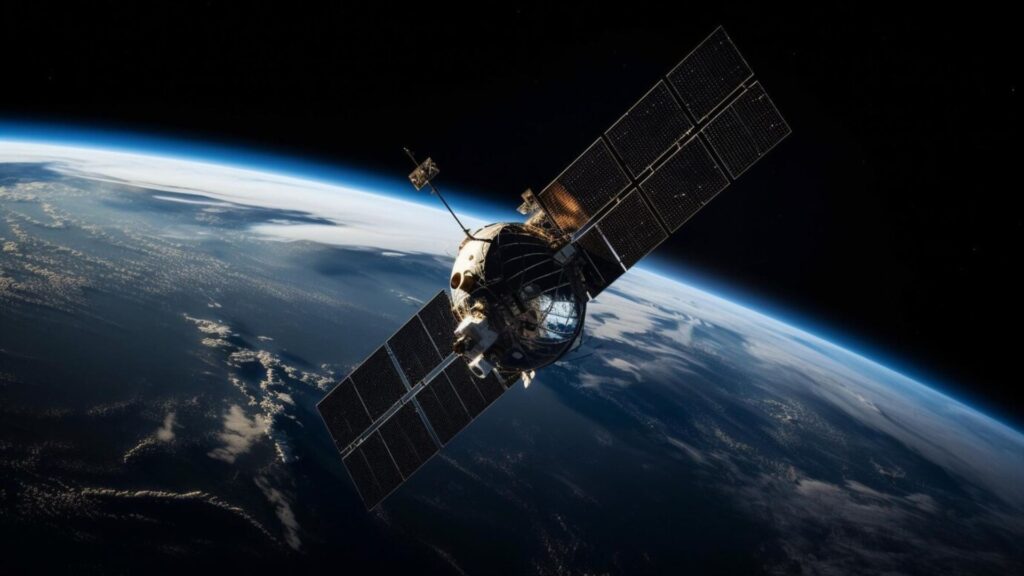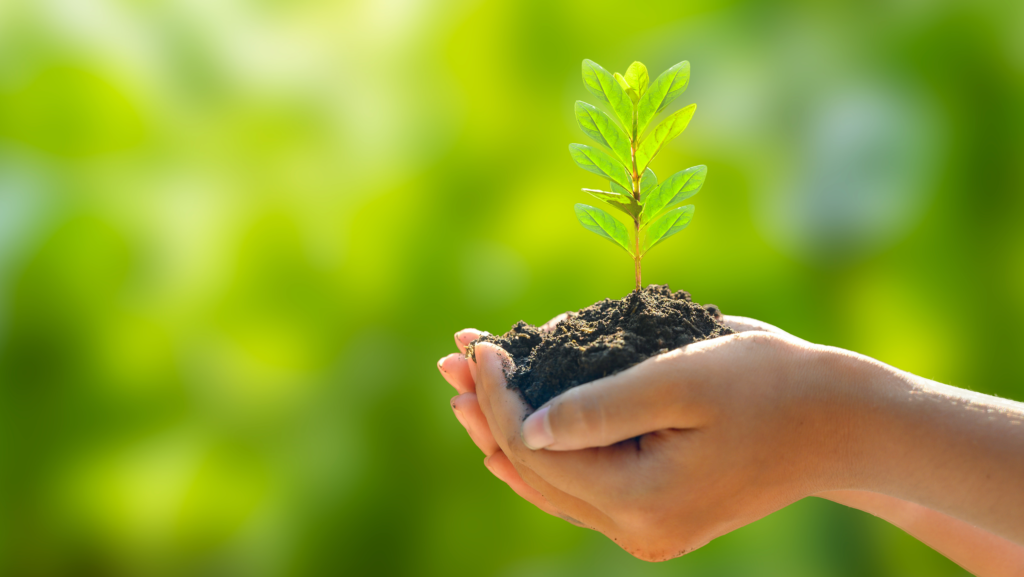Revolutionizing Agriculture: How Hybrid UAVs Are Propelling Precision Farming into the Future
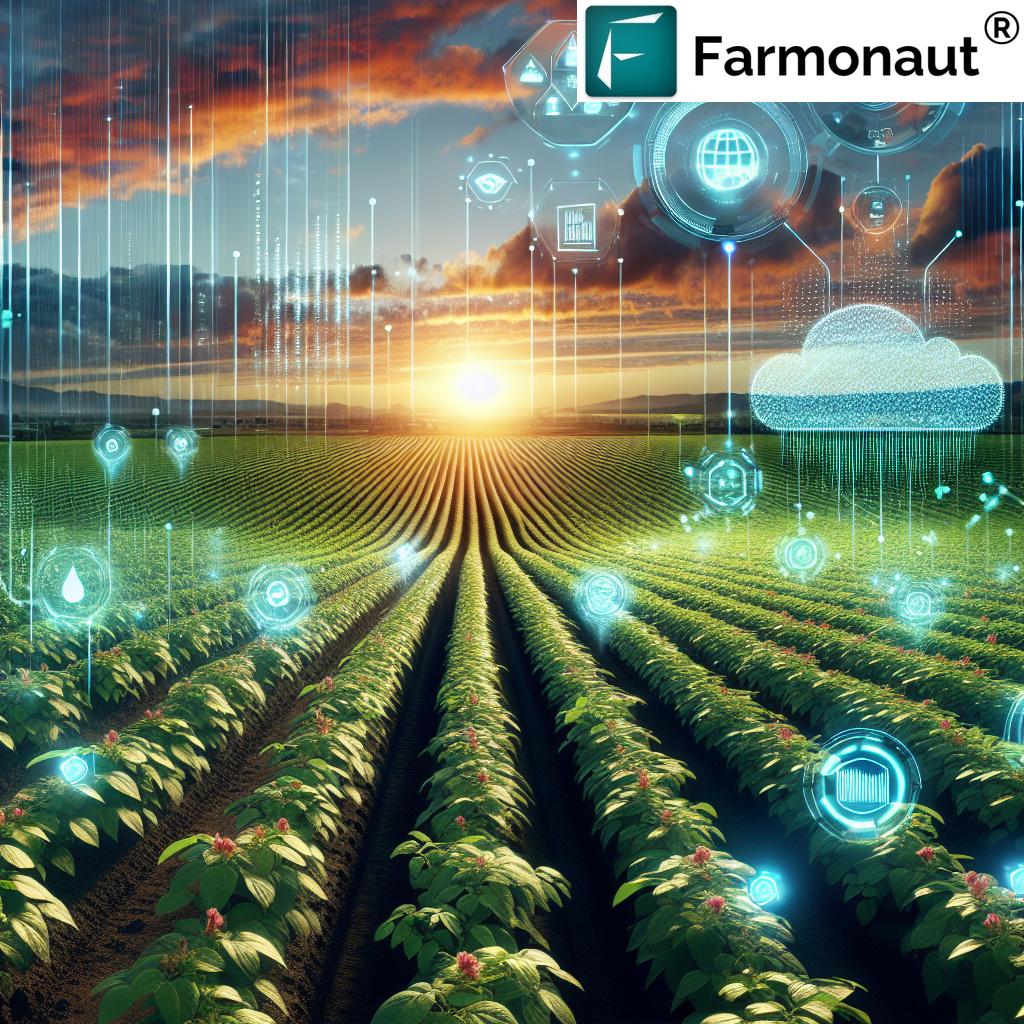
“The hybrid UAV market in agriculture is projected to reach USD 1.7 billion by 2030.”
In the ever-evolving landscape of agriculture, we are witnessing a revolutionary transformation driven by cutting-edge technology. At the forefront of this agricultural revolution are hybrid Unmanned Aerial Vehicles (UAVs), propelling precision farming into a new era of efficiency, sustainability, and productivity. As we delve into this exciting realm, we’ll explore how these advanced aerial systems are reshaping the way we approach farming, offering unprecedented insights and capabilities that were once the stuff of science fiction.
The Rise of Hybrid UAVs in Agriculture
The agricultural drone market is experiencing explosive growth, with hybrid UAVs leading the charge. These versatile machines combine the best of both worlds – the endurance of combustion engines and the clean, efficient operation of electric motors. This unique fusion allows for extended flight times and increased payload capacities, making them ideal for the demanding tasks of precision agriculture.
- Increased operational range for large-scale farm monitoring
- Enhanced payload capacity for advanced sensors and equipment
- Improved efficiency in data collection and analysis
- Reduced environmental impact compared to traditional agricultural machinery
As we witness this technological leap, it’s crucial to understand the impact of hybrid UAVs on various aspects of farming. From crop monitoring to resource management, these aerial marvels are transforming agriculture into a data-driven, precise science.
Precision Agriculture Solutions: A Game-Changer for Farmers
Precision agriculture solutions powered by hybrid UAVs are revolutionizing the way farmers manage their crops. By leveraging advanced sensors and imaging technologies, these drones provide invaluable insights that enable farmers to make informed decisions, optimize resource use, and boost crop yields.
Key benefits of UAV-based precision agriculture include:
- Real-time crop health monitoring
- Early detection of pest infestations and diseases
- Precise application of fertilizers and pesticides
- Optimized irrigation management
- Accurate yield prediction and harvest planning
These advancements are not just improving productivity; they’re also contributing to more sustainable farming practices by reducing waste and minimizing environmental impact.
The Technological Marvel of Lift + Cruise UAVs
Among the various types of hybrid UAVs, Lift + Cruise models are gaining significant traction in the agricultural sector. These innovative designs combine the vertical takeoff and landing (VTOL) capabilities of multirotor drones with the efficient forward flight of fixed-wing aircraft. This unique configuration makes them exceptionally well-suited for precision farming applications.
Advantages of Lift + Cruise UAVs in agriculture:
- Ability to cover large areas efficiently
- Precise hovering for detailed crop inspection
- Versatility in navigating diverse terrains
- Reduced need for runway infrastructure
- Improved stability for high-quality imaging and data collection
The integration of Lift + Cruise technology in agricultural drones is driving innovation in farm management practices, enabling farmers to access previously hard-to-reach areas and gather more comprehensive data about their crops.
Advanced Imaging and Crop Monitoring Capabilities
One of the most significant advantages of hybrid UAVs in agriculture is their advanced imaging and crop monitoring capabilities. These drones are equipped with state-of-the-art sensors and cameras that provide farmers with unprecedented insights into their fields.
Cutting-edge technologies employed in agricultural drones:
- Multispectral and hyperspectral imaging
- Thermal sensors for water stress detection
- LiDAR for 3D mapping of crop structure
- High-resolution RGB cameras for visual inspection
- Near-infrared (NIR) sensors for vegetation health analysis
By harnessing these technologies, farmers can detect early signs of crop stress, identify nutrient deficiencies, and monitor overall plant health with unprecedented accuracy. This level of detail allows for targeted interventions, reducing the need for blanket applications of resources and minimizing environmental impact.
Explore Farmonaut’s API for advanced agricultural data integration
The Role of AI and Cloud Integration in Agricultural Drones
The true power of hybrid UAVs in agriculture is unleashed when combined with artificial intelligence (AI) and cloud computing. These technologies work in synergy to transform raw data into actionable insights, enabling smarter decision-making and more efficient farm management.
AI and cloud integration benefits:
- Real-time data processing and analysis
- Predictive modeling for crop yield and disease outbreaks
- Automated flight planning and mission execution
- Integration with farm management systems
- Collaborative data sharing and benchmarking
By leveraging these advanced technologies, farmers can make data-driven decisions that optimize resource allocation, improve crop quality, and increase overall farm productivity.
“Lift + Cruise UAVs are emerging as versatile tools for data collection in smart farming applications.”
Sustainable Farming Technologies: The Environmental Impact
As the world grapples with climate change and environmental concerns, sustainable farming technologies are becoming increasingly crucial. Hybrid UAVs are at the forefront of this movement, offering environmentally friendly alternatives to traditional farming methods.
Environmental benefits of hybrid UAV use in agriculture:
- Reduced carbon footprint compared to conventional machinery
- Minimized soil compaction and disturbance
- Precise application of inputs, reducing chemical runoff
- Improved water management through targeted irrigation
- Enhanced biodiversity preservation through targeted pest control
By adopting these sustainable farming technologies, farmers can not only improve their yields but also contribute to the global effort to protect our planet’s resources.
Access Farmonaut’s API Developer Docs for integrating sustainable farming solutions
The Economic Impact: Agricultural Drone Market Growth
The agricultural drone market is experiencing unprecedented growth, driven by the increasing adoption of precision farming techniques and the continuous advancement of UAV technology. This growth is not only transforming the agricultural sector but also creating new economic opportunities.
Key factors driving agricultural drone market growth:
- Rising demand for precision agriculture solutions
- Increasing awareness of the benefits of drone technology
- Government support and favorable regulations
- Technological advancements improving drone capabilities
- Growing need for sustainable farming practices
As the market continues to expand, we can expect to see more innovative applications of hybrid UAVs in agriculture, further driving efficiency and productivity in the sector.

Overcoming Challenges: Regulatory Landscape and Adoption Barriers
While the potential of hybrid UAVs in agriculture is immense, there are still challenges to overcome. Regulatory frameworks and adoption barriers are key issues that need to be addressed to fully realize the benefits of this technology.
Challenges facing hybrid UAV adoption in agriculture:
- Complex and evolving regulatory environments
- Initial investment costs for farmers
- Need for specialized training and skills
- Data privacy and security concerns
- Integration with existing farm management systems
As the industry matures, we’re seeing progressive solutions to these challenges, including streamlined regulations, innovative financing options, and comprehensive training programs. These developments are paving the way for wider adoption of hybrid UAV technology in agriculture.
The Future of Precision Farming: Integrating Hybrid UAVs with IoT and Big Data
The future of precision farming lies in the seamless integration of hybrid UAVs with other cutting-edge technologies such as the Internet of Things (IoT) and Big Data analytics. This convergence is creating a new paradigm in agriculture, where data-driven insights guide every aspect of farm management.
Future trends in precision farming with hybrid UAVs:
- Autonomous swarm operations for large-scale farms
- Real-time data integration with smart farming systems
- Predictive analytics for optimized crop management
- Blockchain integration for improved traceability
- Advanced machine learning algorithms for automated decision-making
As these technologies continue to evolve and integrate, we can expect to see unprecedented levels of efficiency and sustainability in agricultural practices.
Case Studies: Successful Implementation of Hybrid UAVs in Agriculture
To truly understand the impact of hybrid UAVs in agriculture, it’s valuable to examine real-world implementations. While we don’t have specific case studies from Farmonaut, numerous examples from around the globe demonstrate the transformative power of this technology.
Key takeaways from global hybrid UAV implementations:
- Significant reduction in water usage through precision irrigation
- Improved crop yields through early detection of stress factors
- Decreased use of pesticides and fertilizers
- Enhanced farm labor efficiency
- Improved overall farm profitability
These success stories serve as powerful testimonials to the potential of hybrid UAVs in revolutionizing agriculture and paving the way for a more sustainable and productive future in farming.
Comparison of Hybrid UAV Types in Precision Agriculture
| UAV Type | Flight Time (hours) | Payload Capacity (kg) | Primary Applications in Agriculture | Key Features | Estimated Market Share (%) |
|---|---|---|---|---|---|
| Lift + Cruise Hybrid | 3-4 | 5-10 | Large-scale crop monitoring, precision spraying | VTOL capability, long-range efficiency | 35 |
| Fixed-Wing Hybrid | 4-6 | 2-5 | Aerial mapping, soil analysis | Extended flight time, high-speed coverage | 30 |
| Multirotor Hybrid | 1-2 | 3-7 | Targeted crop inspection, spot spraying | High maneuverability, stable hovering | 25 |
| Tethered Hybrid | 8-12 | 15-20 | Continuous monitoring, data relay | Unlimited power supply, high payload capacity | 10 |
The Role of Artificial Intelligence in Agriculture
Artificial Intelligence (AI) is playing an increasingly crucial role in maximizing the potential of hybrid UAVs in agriculture. By processing and analyzing vast amounts of data collected by drones, AI algorithms can provide farmers with actionable insights that were previously unattainable.
Key applications of AI in agricultural drones:
- Automated crop health assessment
- Predictive yield modeling
- Intelligent pest and disease detection
- Optimized resource allocation
- Autonomous flight path planning and obstacle avoidance
The synergy between AI and hybrid UAVs is creating a new paradigm in precision agriculture, enabling farmers to make data-driven decisions with unprecedented accuracy and efficiency.
The Global Impact: Hybrid UAVs and Food Security
As the world population continues to grow, ensuring global food security has become a critical challenge. Hybrid UAVs are emerging as a powerful tool in addressing this issue, offering solutions that can significantly increase agricultural productivity while promoting sustainable practices.
Ways hybrid UAVs contribute to global food security:
- Improving crop yields through precision management
- Reducing crop losses due to pests and diseases
- Optimizing resource use in water-scarce regions
- Enabling better crop planning and forecasting
- Supporting smallholder farmers with accessible technology
By leveraging the power of hybrid UAVs, we can work towards a future where sustainable, efficient agriculture helps meet the nutritional needs of a growing global population.
Conclusion: The Future of Farming is in the Air
As we’ve explored throughout this article, hybrid UAVs are revolutionizing agriculture, propelling precision farming into a new era of efficiency, sustainability, and productivity. From advanced imaging capabilities to AI-driven insights, these aerial marvels are transforming the way we approach farming, offering solutions to some of the most pressing challenges in modern agriculture.
The rapid growth of the agricultural drone market, projected to reach USD 1.7 billion by 2030, is a testament to the transformative power of this technology. As regulations evolve and adoption barriers are overcome, we can expect to see even more innovative applications of hybrid UAVs in farming, further driving the agricultural revolution.
In this exciting journey towards a more sustainable and productive agricultural future, platforms like Farmonaut are playing a crucial role. By providing farmers with access to cutting-edge satellite-based farm management solutions, Farmonaut is democratizing precision agriculture and empowering farmers worldwide to embrace the benefits of technology-driven farming.
As we look to the future, it’s clear that the sky is no longer the limit for agriculture. With hybrid UAVs leading the charge, we’re entering an era where data-driven insights, sustainable practices, and innovative technologies converge to create a more efficient, productive, and environmentally friendly approach to farming. The future of agriculture is here, and it’s soaring high above our fields, promising a brighter, more sustainable tomorrow for farmers and consumers alike.
FAQ Section
Q: What are hybrid UAVs, and how do they differ from traditional drones?
A: Hybrid UAVs combine electric and combustion propulsion systems, offering extended flight times and increased payload capacities compared to traditional drones. This makes them ideal for precision agriculture applications that require longer operational ranges and the ability to carry advanced sensors.
Q: How do hybrid UAVs contribute to precision farming?
A: Hybrid UAVs contribute to precision farming by providing high-resolution aerial imagery, enabling real-time crop monitoring, facilitating targeted application of inputs, and supporting data-driven decision-making. Their extended flight times allow for comprehensive coverage of large agricultural areas.
Q: What are the main advantages of Lift + Cruise UAVs in agriculture?
A: Lift + Cruise UAVs offer the benefits of vertical takeoff and landing (VTOL) combined with efficient forward flight. This design provides versatility in navigating diverse terrains, precise hovering for detailed crop inspection, and the ability to cover large areas efficiently without the need for runway infrastructure.
Q: How does AI integration enhance the capabilities of agricultural drones?
A: AI integration enhances agricultural drones by enabling automated crop health assessment, predictive yield modeling, intelligent pest and disease detection, and optimized resource allocation. AI algorithms can process vast amounts of data collected by drones, providing farmers with actionable insights for improved decision-making.
Q: What are the main challenges in adopting hybrid UAV technology in agriculture?
A: The main challenges include navigating complex regulatory environments, initial investment costs, the need for specialized training, data privacy and security concerns, and integration with existing farm management systems. However, ongoing developments in regulations, financing options, and training programs are addressing these challenges.





